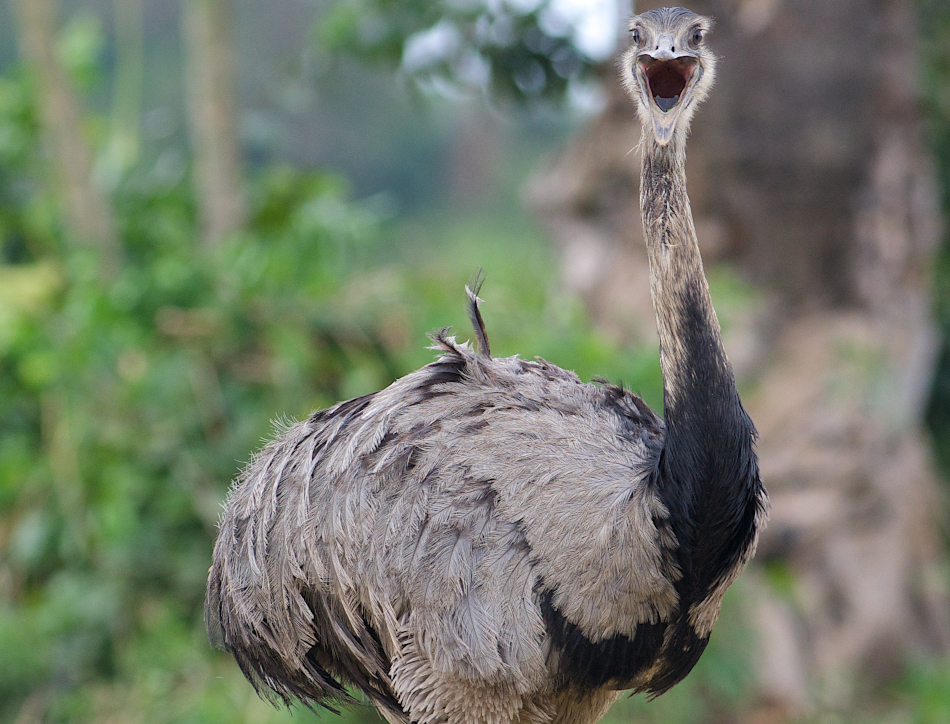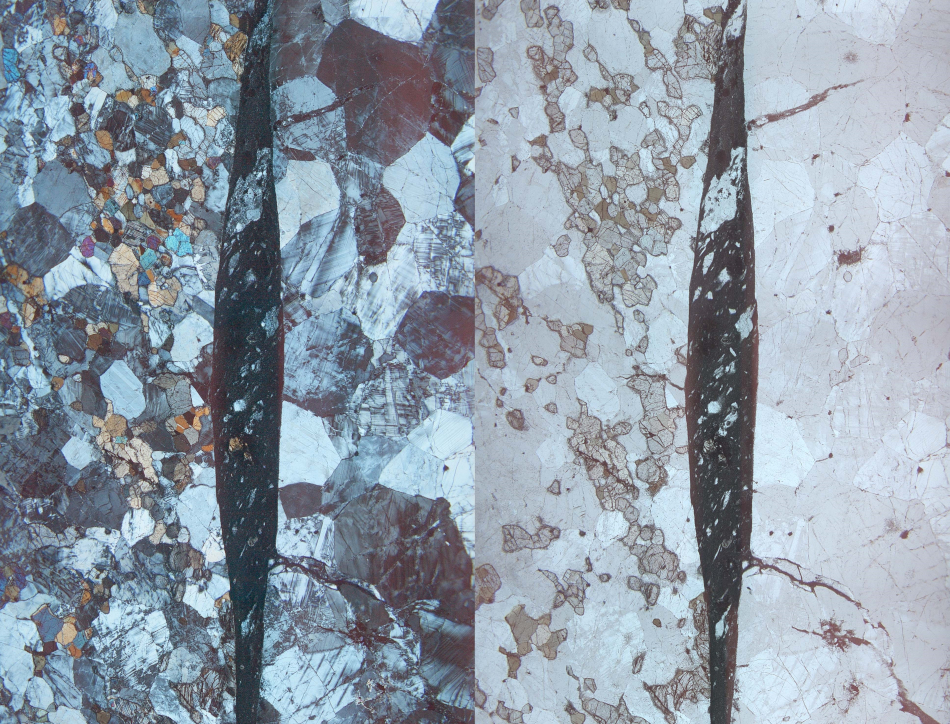Publishing metrics
The range of models used to measure the impact of journals and articles is constantly increasing, though most are based on the level of citations. As a signatory to DORA, the Royal Society offers a variety of journal and article-based metrics.
- Transformative Journals
- Open access advantage
- Impact factor
- Eigenfactor
- Scopus metrics
- Altmetrics
- Publication times
Transformative Journals
Our four research journals, Proceedings A, Proceedings B, Biology Letters and Interface are Transformative Journals moving to a fully open access model when 75% of articles are being published open access.
| Journal | OA target for 2023 | No. of research articles published in 2023 | Published OA in 2023 | OA actual for 2023 | 2023 TJ target met [Yes/No] |
OA target for 2024 | |
|---|---|---|---|---|---|---|---|
| Biology Letters | 56% | 175 | 99 | 57% | Yes | 66% | |
| Journal of the Royal Society Interface | 65% | 216 | 142 | 66% | Yes | 76% | |
| Proceedings of the Royal Society A | 46% | 243 | 113 | 47% | Yes | 54% | |
| Proceedings of the Royal Society B | 59% | 560 | 337 | 60% | Yes |
69% | |
Open access advantage
Authors who choose open access publication are likely to benefit from increased dissemination and citation. This table compares citations, usage and Altmetric scores of subscription and open access content for articles published in our Transformative Journals in 2022. The data shows that open access papers received on average 100% more citations and 116% more downloads than subscription articles. Of all articles published in 2022, 99 of the top 100 articles by Altmetric score were open access. Data recorded January 2024.
| Journal | Average number of citations for subscription articles published in 2022 | Average number of citations for OA articles published in 2022 | Average number of downloads for subscription articles published in 2022 | Average number of downloads for OA articles published in 2022 | Average Altmetric score for subscription articles published in 2022 | Average Altmetric score for OA articles published in 2022 |
|---|---|---|---|---|---|---|
| Biology Letters | 2 |
4 |
1040 | 1667 | 14 | 19 |
| Interface | 3 | 4 | 642 | 1423 | 2 | 6 |
| Proceedings A | 1 | 2 | 256 | 952 | 2 | 3 |
| Proceedings B | 3 | 5 | 1150 | 2618 | 15 | 15 |
Impact factor
The impact factor is a measure of how often an average article in a journal has been cited. It is calculated by dividing the number of current year citations to source items published in that journal during the previous 2 years.
While the impact factor is a relatively easy measure to calculate and understand, it does have some limitations. Given the highly skewed nature of the citation distribution of a journal's articles, the appropriateness of using a mean has been questioned. Also, most journals contain a significant proportion of articles that are never cited. Such articles can be seen as ‘benefiting’ unfairly from the impact factor of the journal in which they appear.
| Journal | 2023 Impact Factor | Rank | 5 Year Impact Factor | Cited Half-Life | Immediacy Index |
|---|---|---|---|---|---|
| Proceedings A | 2.9 | 31/134 Multidisciplinary Sciences | 3.2 |
19.1 | 0.6 |
| Proceedings B | 3.8 | 18/109 Biology | 4.7 | 11.1 | 0.8 |
| Philosophical Transactions A | 4.3 | 23/134 Multidisciplinary Sciences | 4.3 | 9.8 | 1.9 |
| Philosophical Transactions B | 5.4 | 12/109 Biology | 6.3 | 11.3 | 2.8 |
| Interface | 3.7 | 26/134 Multidisciplinary Sciences | 4 |
8.7 | 0.9 |
| Biology Letters | 2.8 | 32/109 Biology | 3.4 | 9.4 | 0.7 |
| Interface Focus | 3.6 | 21/109 Biology | 4.4 |
6.7 | 1.5 |
| Open Biology | 4.5 | 76/313 Biochemistry and Molecular Biology | 5.9 | 4.6 | 0.8 |
| Royal Society Open Science | 2.9 | 31/134 Multidisciplinary Sciences | 3 |
4.8 | 0.6 |
| Notes and Records | 0.4 | 64/104 History and Philosophy of Science | 0.7 | 14.2 | 0.2 |
- 5 year impact factor: is the impact factor calculated using a base of 5 years’ worth of cited articles, rather than 2. This gives a fairer picture of journals in fields with slower citation patterns, such as mathematics.
- Cited half-life: the number of years, counting back from the current year, which account for half the total citations received by the cited journal in the current year. This provides a measure of how ‘long-lived’ the articles are in terms of their influence on the literature.
- Immediacy index: the average number of times that an article is cited in the same year it is published. It gives an indication of how topical the material in the journal is.
Eigenfactor
The Eigenfactor gives an indication of the overall contribution of the journal, as a whole, to the literature.
It does this using an algorithm similar to that of Google's ‘PageRank’ to count citations into and out of the journal and to weight them according to the ranking of the source or destination. It uses the Thomson Reuters journal dataset and it is intended to measure how likely a journal is to be used or the amount of time a reader will spend reading it. Large journals rank more highly in the Eigenfactor system than small journals (in contrast to the impact factor, which is independent of size).
| Journal | 2023 Eigenfactor | Article Influence |
|---|---|---|
| Proceedings A | 0.01261 |
1.124 |
| Proceedings B | 0.04179 | 1.767 |
| Philosophical Transactions A | 0.01961 | 1.478 |
| Philosophical Transactions B | 0.03862 | 2.461 |
| Interface | 0.01451 | 1.322 |
| Biology Letters | 0.00977 | 1.212 |
| Interface Focus | 0.00326 | 1.403 |
| Open Biology | 0.00959 | 1.951 |
| Royal Society Open Science | 0.02542 | 0.864 |
- Article influence: measures the relative importance of the journal on a per-article basis. It is the journal's Eigenfactor Score divided by the fraction of articles published by the journal. That fraction is normalised so that the sum total of articles from all journals is 1. The mean Article Influence Score is 1.00. A score greater than 1.00 indicates that each article in the journal has above-average influence. A score less than 1.00 indicates that each article in the journal has below-average influence.
Scopus metrics
| Journal | 2023 CiteScore | Scopus Rank | SNIP | |
|---|---|---|---|---|
| Proceedings A | 5.5 | 17/387 Mathematics | 1.474 | |
| Proceedings B | 7.9 | 19/221 Agricultural and Biological Sciences | 1.426 | |
| Philosophical Transactions A | 9.3 | 4/399 Mathematics | 1.42 | |
| Philosophical Transactions B | 12.0 | 10/213 Agricultural and Biological Sciences | 1.629 |
|
| Interface | 7.1 | 32/152 Biophysics | 1.145 | |
| Biology Letters | 5.5 | 23/193 Agricultural and Biological Sciences | 1.016 | |
| Interface Focus | 9.2 | 16/152 Biophysics | 1.18 | |
| Open Biology | 10 | 32/221 Biochemistry, Genetics and Molecular Biology | 1.315 | |
| Royal Society Open Science | 6.0 | 19/171 Multidisciplinary | 1.051 | |
| Notes and Records | 1.5 | 56/223 History and Philosophy of Science | 0.685 | |
- CiteScore: Very much like the Impact Factor except that it is based on the larger Scopus dataset and uses 3 years of data. It is the number of citations received by a journal in one year to documents published in the three previous years, divided by the number of documents indexed in Scopus published in those same three years.
- Source Normalized Impact per Paper (SNIP): Measures contextual citation impact by weighting citations based on the total number of citations in a subject field. The impact of a single citation is given higher value in subject areas where citations are less likely, and vice versa.
Altmetrics
Altmetrics are non-traditional metrics proposed as an alternative to citation impact metrics.
We use a partner organisation called Altmetric to track and display the online activity around an article. Altmetric track social media sites, newspapers and magazines for mentions of each published article. The aim is to help authors quantify the attention their article is receiving and to help readers establish the articles their peers think are interesting.
The Altmetric ‘doughnut’ can be found on the ‘Details’ tab of each article.
Publication times
We provide information on publication times, which are regularly updated.








